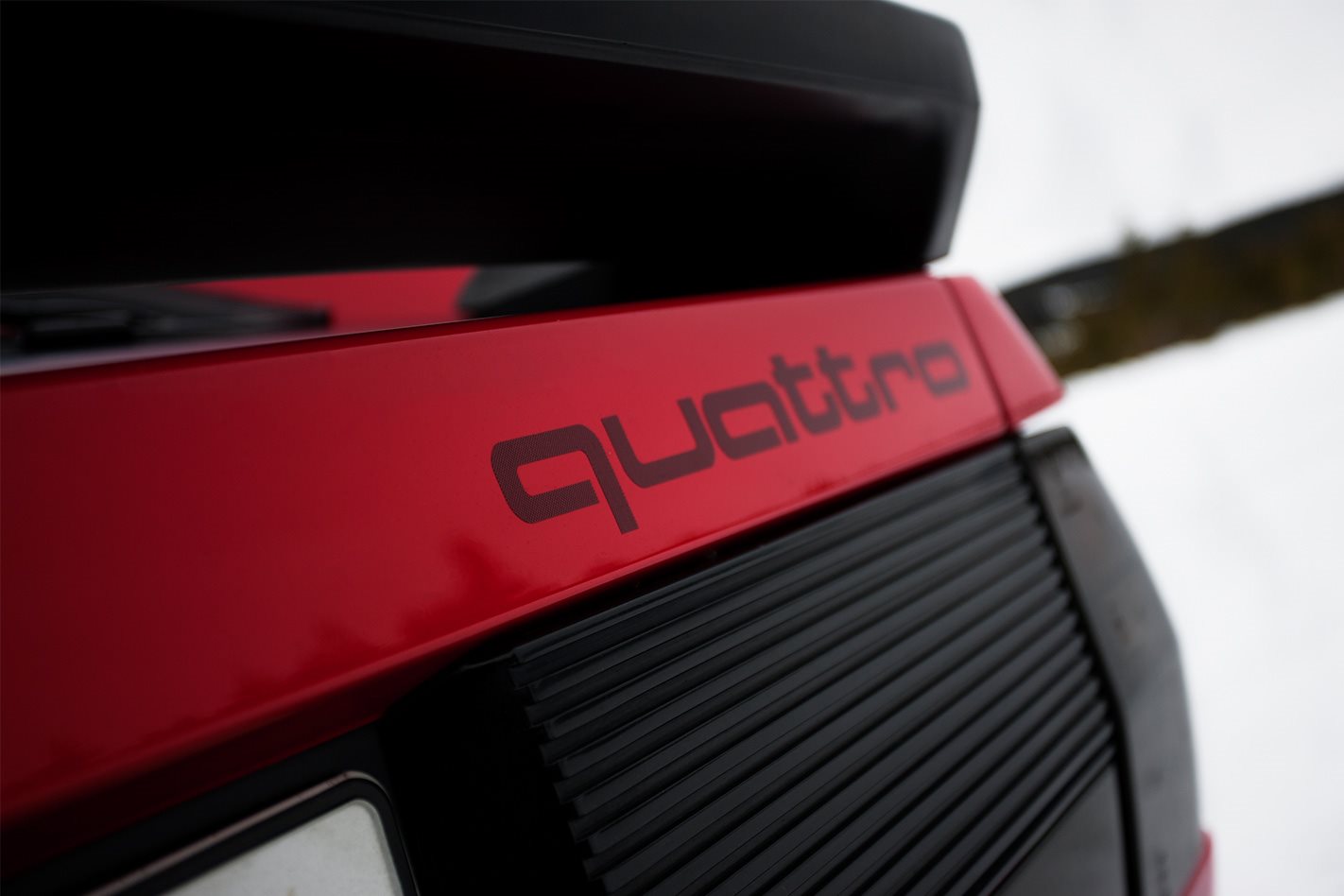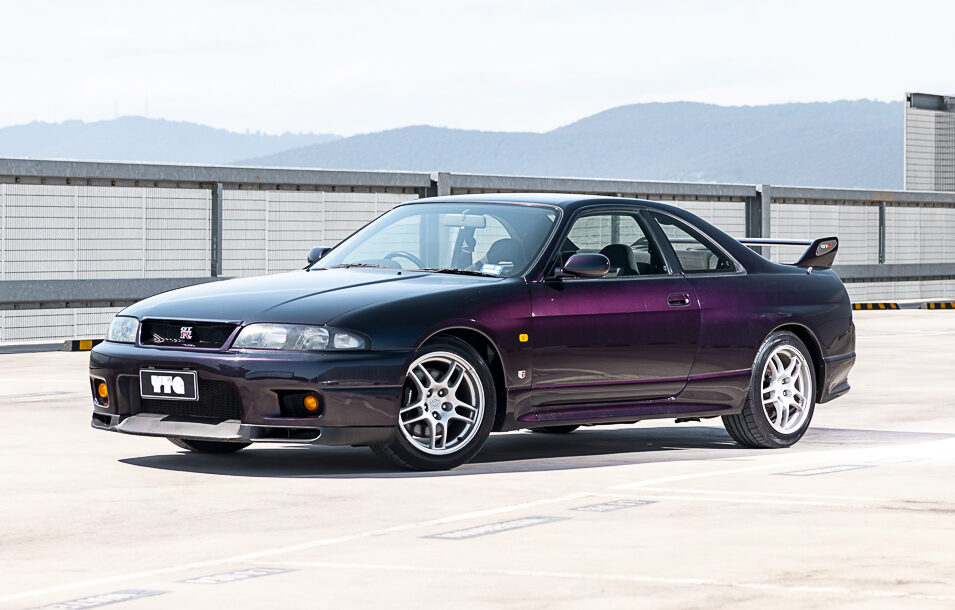For four decades the quattro name has been a cornerstone of Audi branding, but what makes it so powerful?
From storied motorsports success, to breaking barriers in technology and the new car segment; read on for fourty incredible moments of Audi’s groundbreaking technology.
1. The first mule (1977)
Known only as ‘Development Order 262’ the quattro story truly begins with the first ‘A1’ prototype. Jorg Bensinger took the VW Iltis’ AWD system and jammed it into an Audi 80, along with a five-pot from the 200 Turbo. Suspension was MacPherson struts all around, with the rear simply being the 80’s front set-up flipped.

2. A1 vs Europe’s steepest road (1978)
Before quattro production was approved the A1 was given the challenge of driving the Turracher Höhe pass in the Austrian Alps in winter. The steepest road in Europe with a gradient of 34 per cent, the A1 mule completed the task sans winter tyres or snow chains. Those present at the time were left stunned at its grip.
3. A brilliant (non) competitive debut (1980)
Audi knew the ur-quattro was special from its very first event. With Hannu Mikkola driving, Audi takes part in the Algarve rally as the course car because the company hadn’t yet met homologation requirements. In the car’s first competitive test, Mikkola would have won the event by 30 minutes if entered officially.
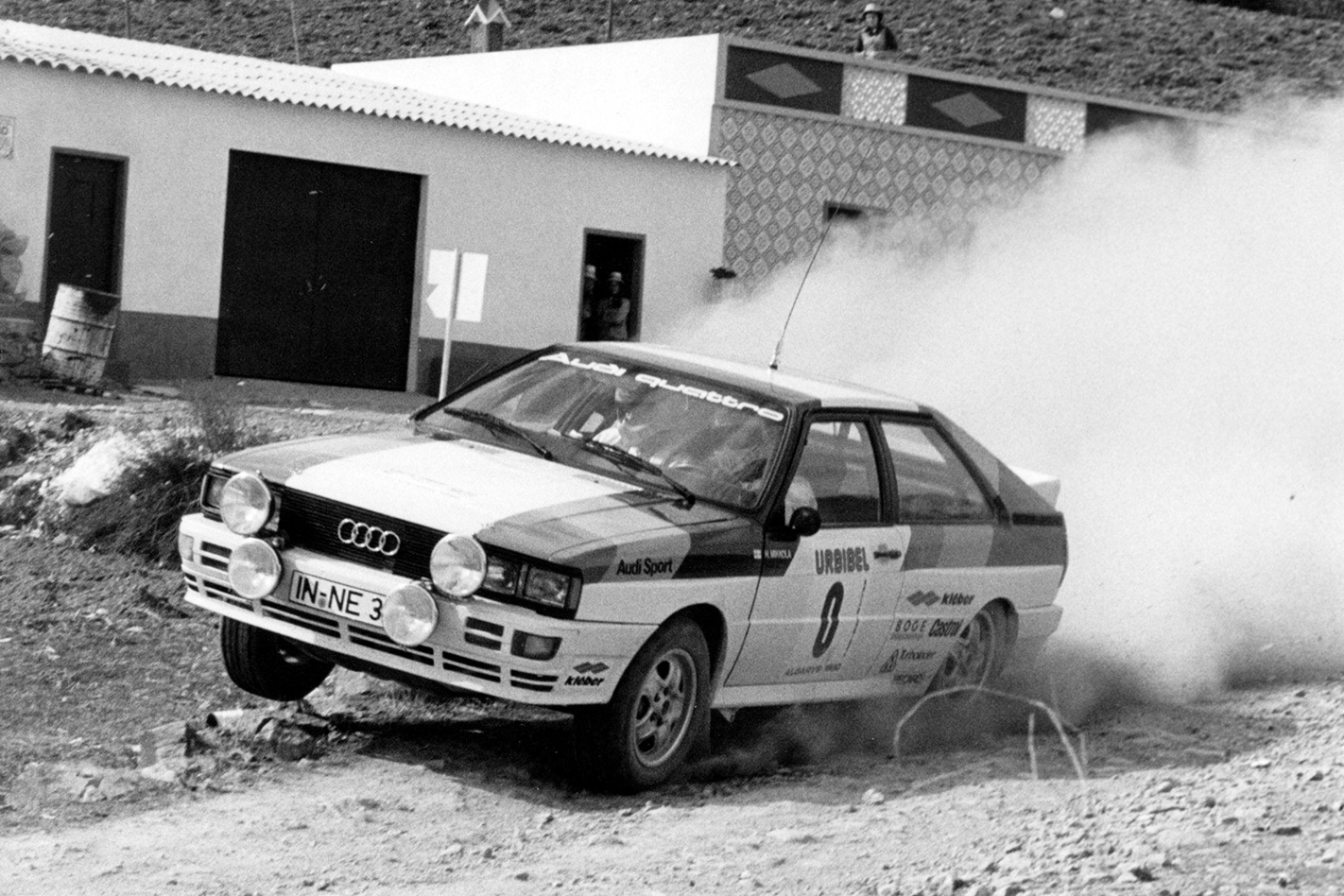
4. Record reset (1981)
The ur-quattro won in just its second WRC round, dominating the snowy stages of Rally Sweden. It was the first WRC win for an all-wheel drive car, and Finn Mikkola became the first non-Swede to win the winter rally. Autosport proclaimed “all the record books will have to be rewritten” following the victory.
5. Smashing the glass ceiling (1981)
Audi’s signing of a young Michele Mouton rocked the rallying world, with pundits critical of the choice. She would claim her first WRC victory at the San Remo rally, silencing the critics. Earlier that weekend rival Ari Vatanen had claimed “Never can nor will I lose to a woman”. Eat dust, Ari.

6. A new name (1983)
In October ’83 Audi launches quattro GmbH, which is tasked with developing high-performance road cars. Taking over defunct manufacturer NSU Motorenwerke’s facilities gave quattro GmbH its own development and manufacturing ability.
7. The emperor’s new clothes (1985)
The Sport quattro was a Group B homologation special, selling for DM200,000 at launch ($188,994 or A$307,921 adjusted for inflation). Just 214 were made, with only 164 being built for road use, so a genuine example is now easily a million-dollar car.
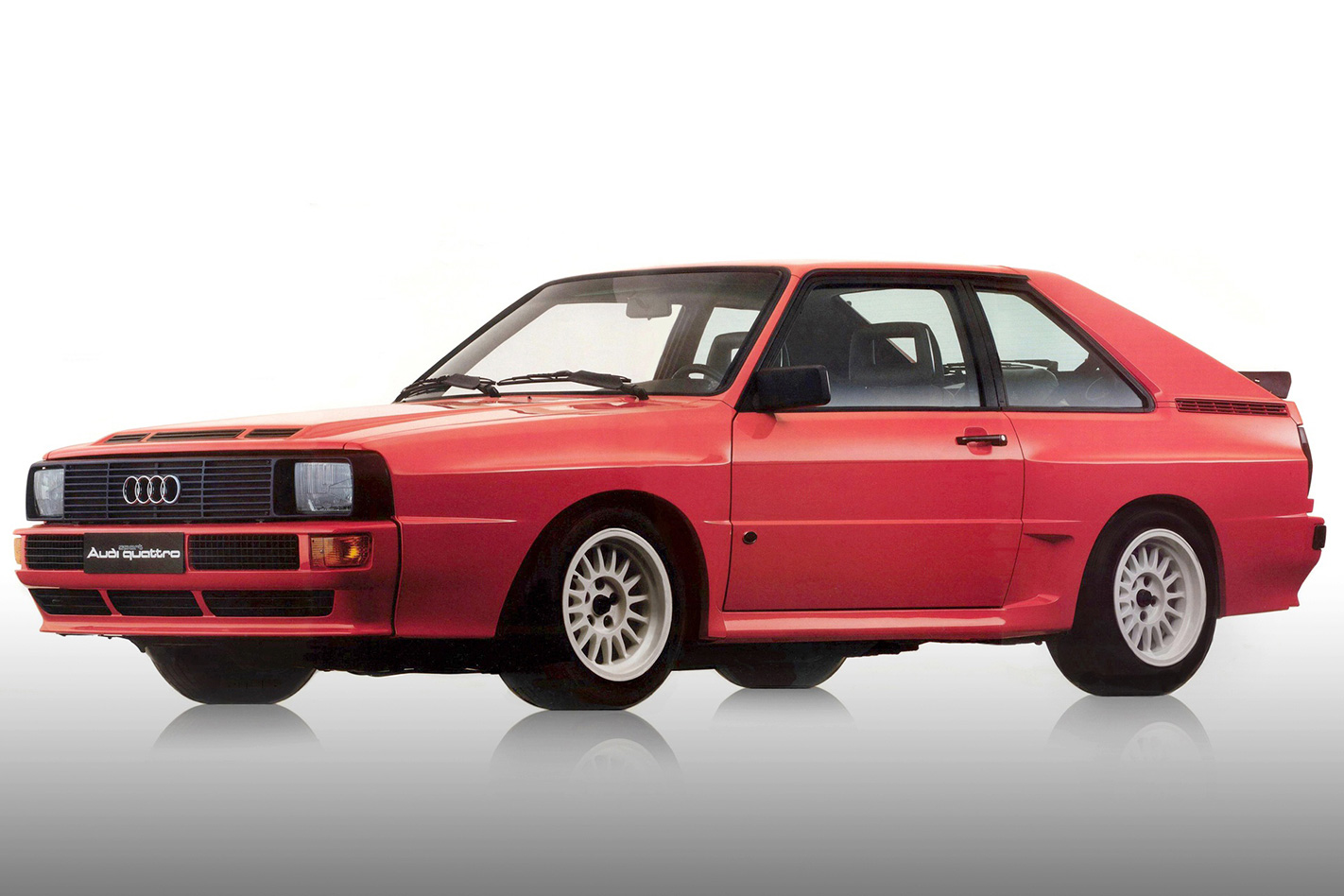
8. Praise the mountain queen
Mouton took on Pikes Peak in ’85 in a slightly modified version of her WRC car, smashing the competition. Bobby Unser was unhappy his family’s record was beaten, to which Mouton retorted “If you have the balls you can try to race me back down as well.”
9. quattro 4 all
Realising it had struck gold, within five years of the ur-quattro’s debut every Audi on sale could be purchased with the all-wheel drive system. Four years of rally success was enough to sustain decades of motorsport-themed advertising for family sedans with Audi touting the quattro’s performance and safety benefits.
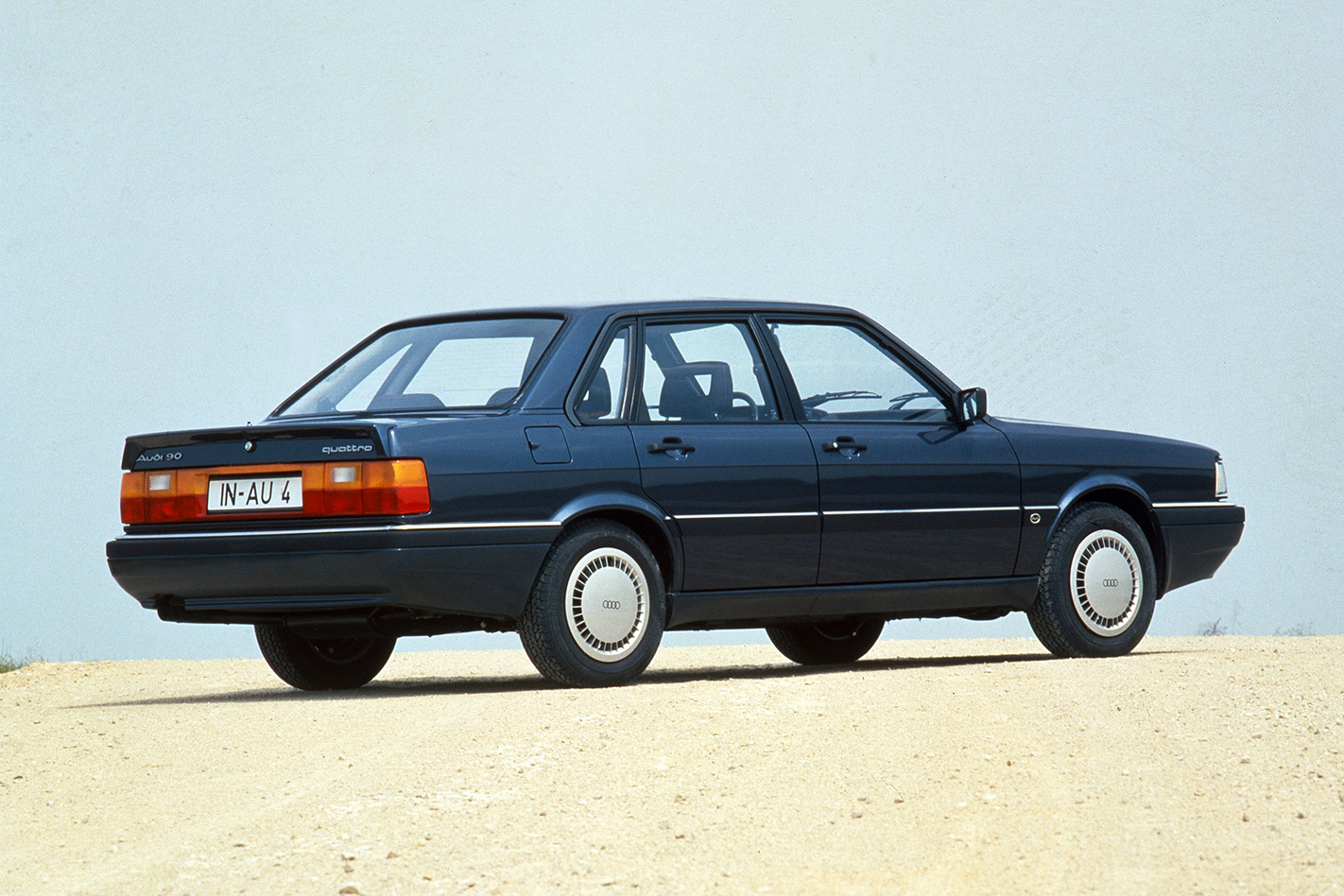
10. The last dance
With Group B in its final years Audi had become outgunned by the Peugeot 205. Walter Röhrl claims victory at the ’85 San Remo rally to bring the quattro’s final WRC tally to 23 wins. Commonly known as the Sport S1, Röhrl’s steed was actually homologated as the E2.
11. The death of the widowmakers (1986)
No longer able to turn a blind eye to the ever-rising death toll of Group B, Audi pulls its factory cars from WRC after the third round of the ’86 championship.
12. Made for TV
With its rally cars now collecting dust, Audi needed a new way to sell its quattro tech to the masses. It did so with an ad where Harald Demuth piloted a standard 100 CS on snow tyres up the 47 metre, 80 per cent gradient Pitkävuori ski jump in Kaipola, Finland to, ahem, drive home quattro’s all-weather safety benefits and ability.
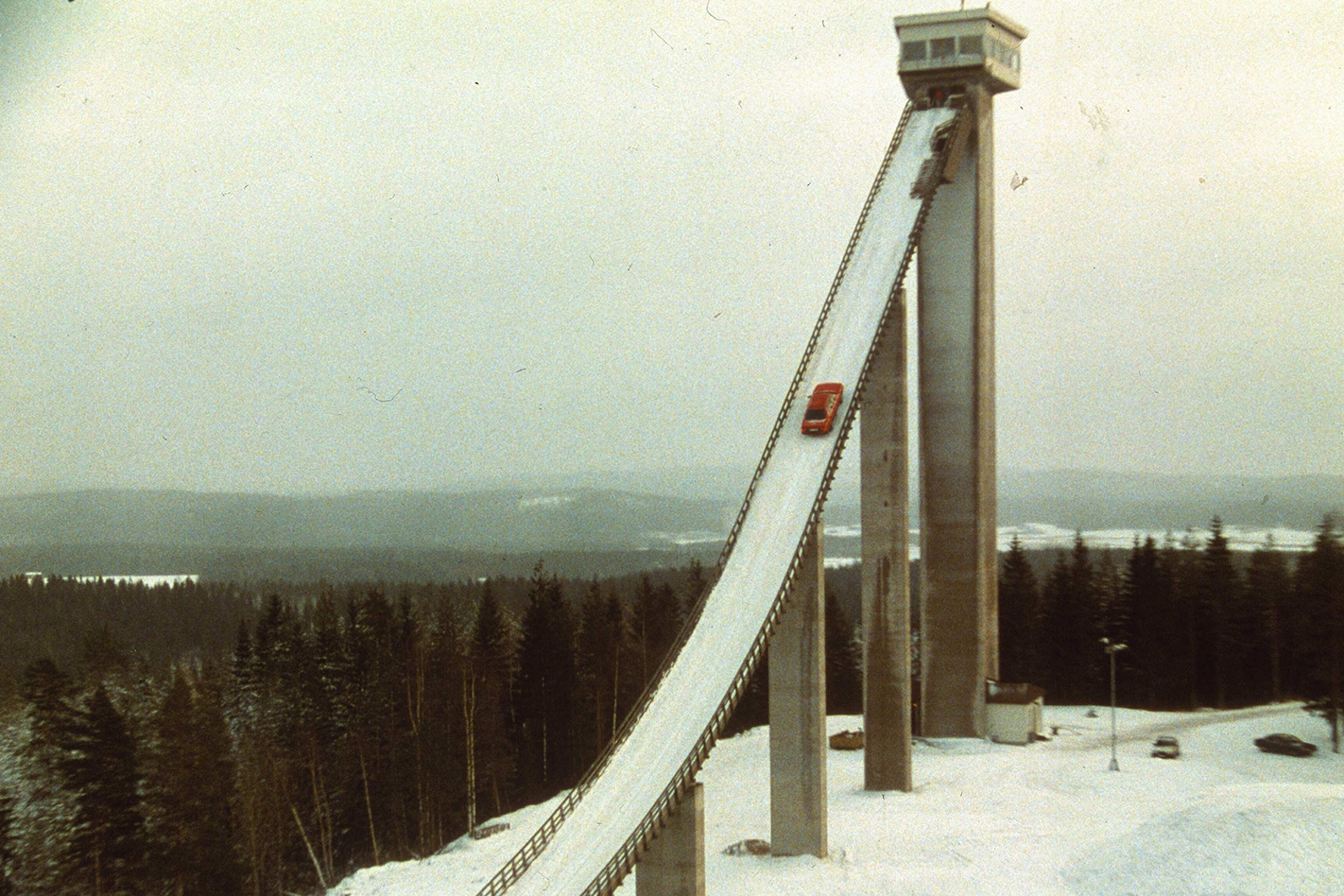
13. A lost heir to the throne
The E2 wasn’t meant to be Audi’s fastest rally car, with the RS 002 destined to take that title in ’87. Built for the doomed Group S regulations, the RS 002 project was kept secret from Audi’s top brass, with testing conducted in the Czech Republic after shipping the cars in anonymous trailers.
14. The American gets his revenge
In ’86 Bobby Unser used all of his cunning and wile to force the fearsome Ferdinand Piëch to sub Walter Röhrl out of a factory-backed Audi drive at that year’s Pikes Peak, putting the American in the hot seat instead. His win was Audi’s second record-breaking victory in as many years.
15. The breed evolves
Audi makes the first major change to the quatto system since its inception in ’87. The ur-quattro’s mechanical-locking centre diff is replaced with a Torsen system, allowing torque to be split beyond 50:50. Now up to 80 per cent of power can be sent to the rear.
16. One final rally victory (1987)
Audi would return briefly to select WRC events in ’87 with a Group A-spec 200. Its sole victory would be at the ’87 Safari Rally in the hands of Mikkola. Röhrl would finish second, giving Audi an emphatic 1-2 finish. The best non-Audi entrant finished more than 50 minutes behind the winner in third.
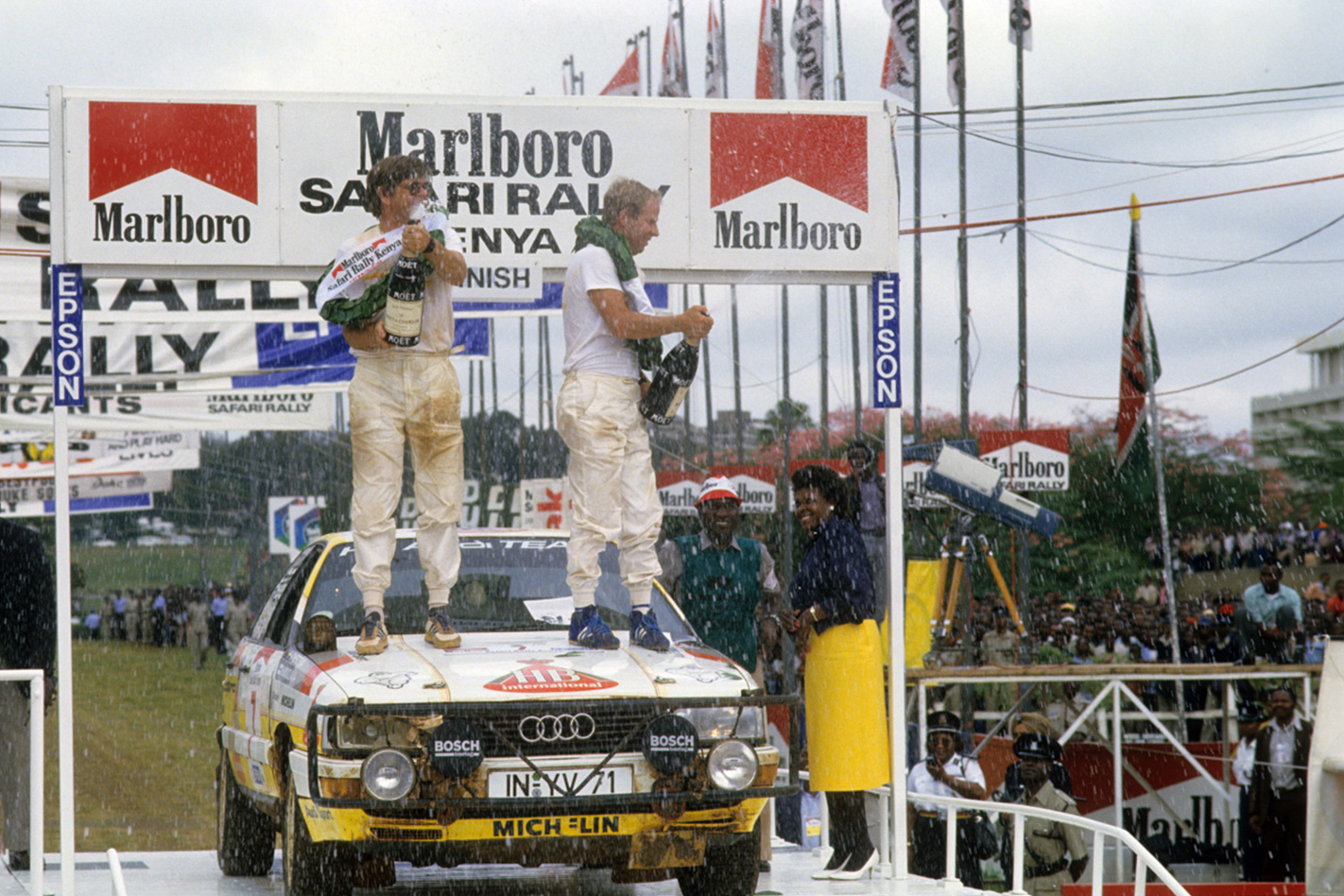
17. A final ascent
Röhrl would finally get his chance at Pikes Peak in ’87. Despite all his rallying success, the Race to the Clouds was a daunting task. “I had no experience. I arrived five days before the start. I rented a car and drove up with my wife,” he said. Röhrl needn’t have worried, securing Audi its third record-breaking victory in Colorado.
18. Ur-Quattro levels up
In ’87 Audi added 93cc to the ur-quattro’s engine, bumping capacity to 2.2-litres, with power and torque remaining the same, but with extra Newton metres lower in the rev range. Two years later a new DOHC 20-valve engine design was introduced, bumping power to 162kW.
19. Second gen (1988)
The second evolution of Audi’s quattro system is officially introduced in ’88, with C3-generation 100s and the ur-quattro receiving the tweaks first. Gen II quattro systems featured the improved Torsen centre diff, and a manually lockable rear differential.
20. Germany vs the USA: part 1
Taking the engines from its Group B machines, Audi goes racing in America. It enters a five-pot quattro 200 in Trans-Am. Audi wins eight of 13 races, prompting the Yanks to ban AWD systems at year’s end.
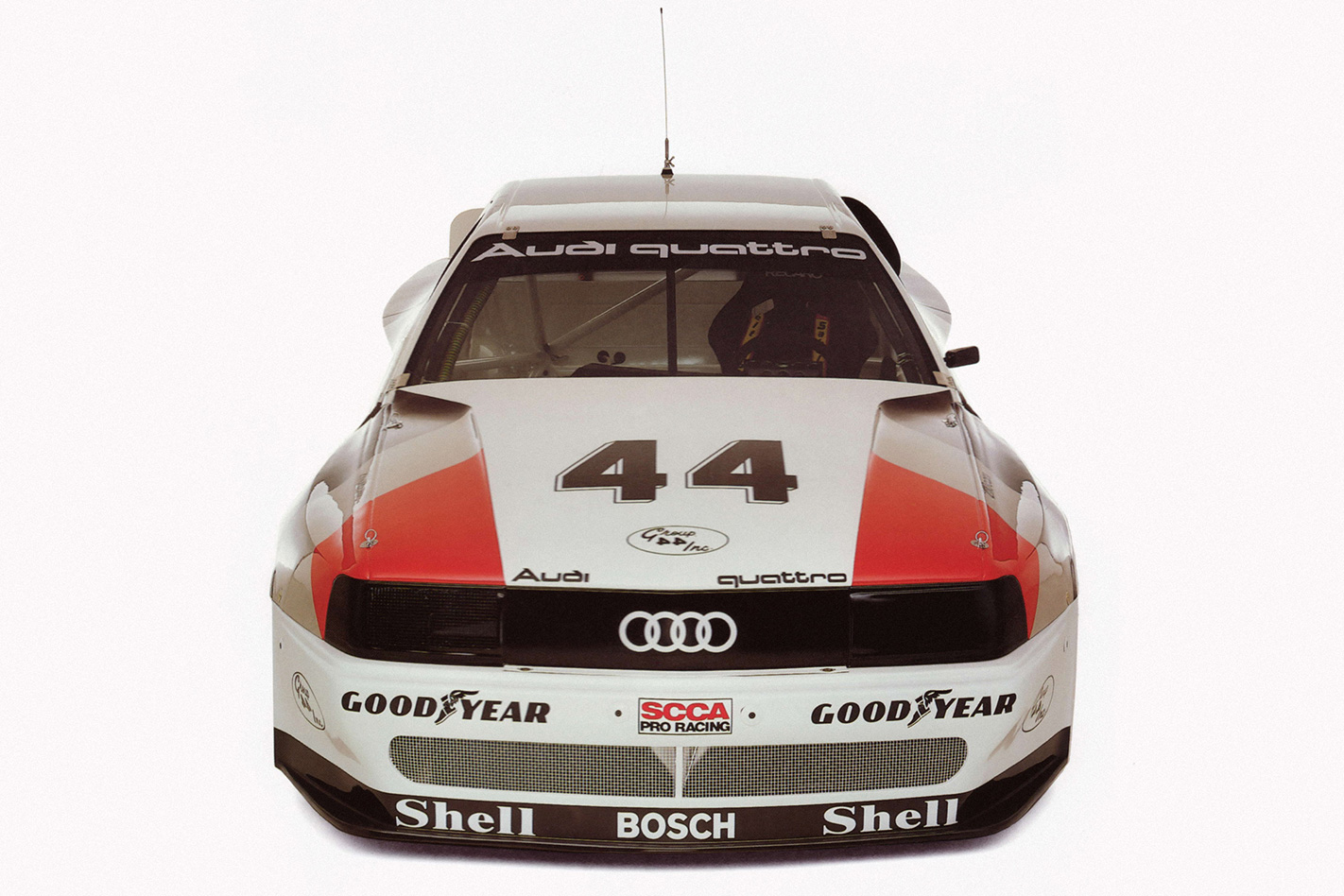
21. Germany vs the USA: Part 2 (1989)
After getting kicked out of Trans-Am, Audi builds the indomitable 90 GTO for IMSA – a tubeframe chassis containing a monstrously powerful engine, draped in a body that only barely resembled a road car. Despite missing the first two rounds Audi finished runner-up in the constructor’s title.
22. Civil war (1990)
Having sufficiently pissed off/crushed the North American racing scene, Audi turned to its native DTM, which had outlawed turbo engines at the end of ’89. Audi fielded two V8 quattro models, winning back-to-back titles.
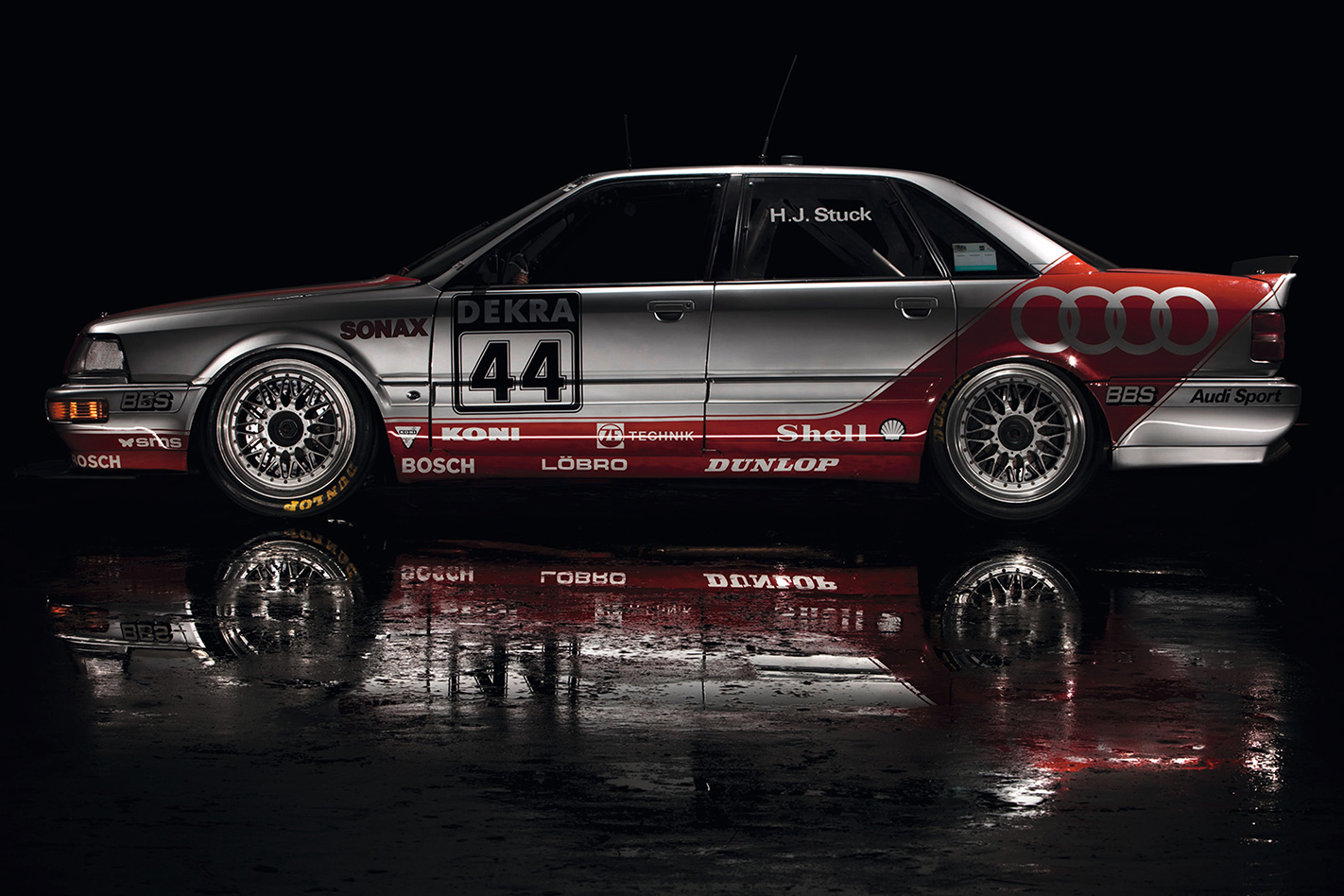
23. The end of Genesis (1991)
On May 17, 1991 Audi built the last original ur-quattro. Nearly 12,000 units were produced – impressive considering every single example was put together by hand.
24. A look into the future, today
Audi revealed the quattro Spyder Concept at the ’91 Frankfurt Show. Weighing 1100kg, a mid-mounted V6 from the 100 sent power to all wheels via a five-speed manual. The supposedly production-ready concept would never be built, but the idea of a mid-engined halo car survived in the form of the R8.
25. the supercar-killing wagon (1994)
Built in conjunction with Porsche, Audi used the RS2 to begin a new era of quattro performance. Powered by a 2.2-litre five-cylinder with 232kW and 410Nm, and capable of cracking 100km/h in 4.8 seconds, the RS2 redefined the concept of a quick family car. The original fast wagon is still the best.
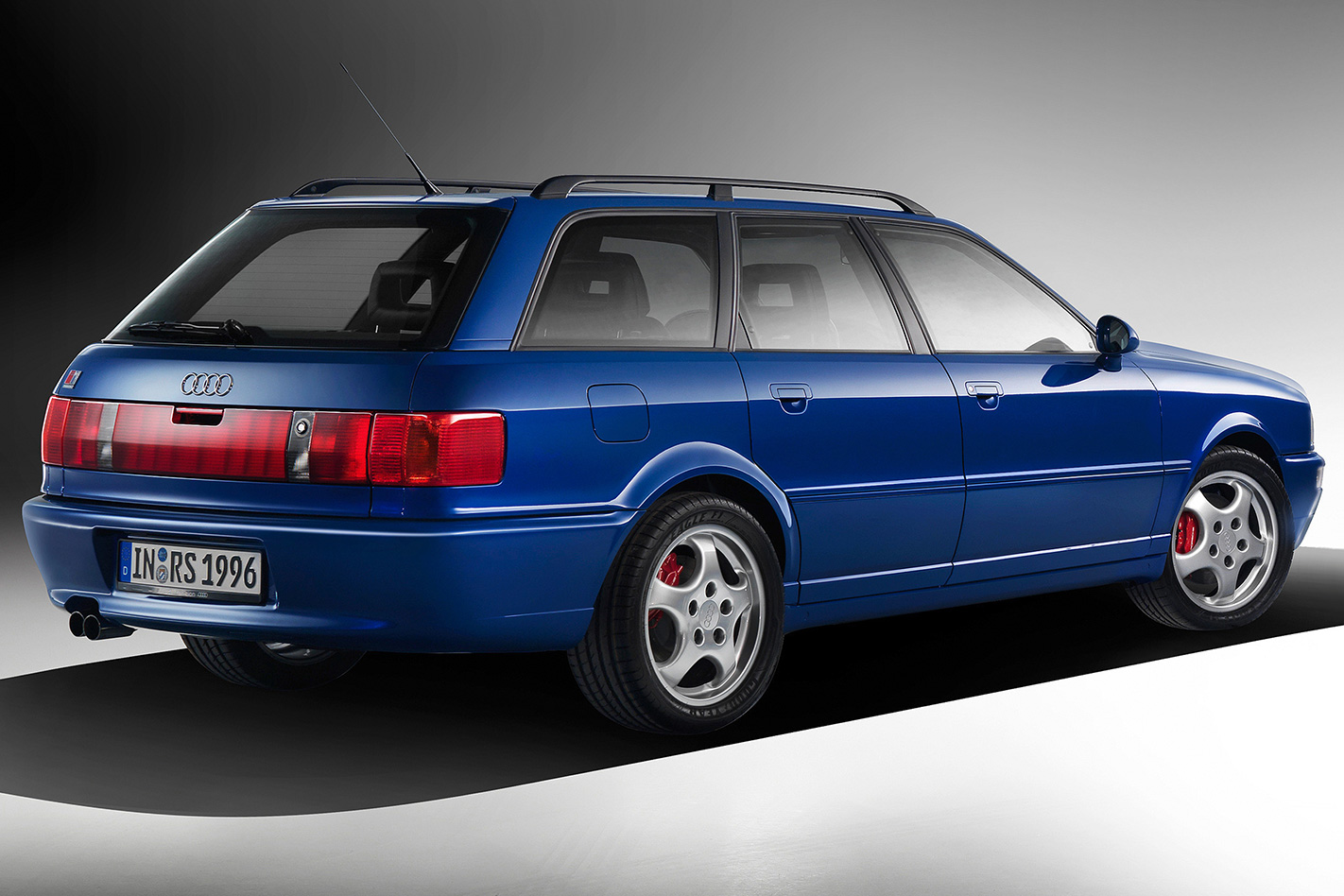
26. A4 takes on the world, wins (1996)
The Audi A4 quattro utterly dominated global touring car racing in 1996, winning seven different national championships thanks to its AWD quattro system.
27. quattro enters the electronic age (1999)
Audi launches the first RS4. Only available as an Avant, just 6030 examples were built. The B5 generation introduces the fourth evolution of the quattro drivetrain, replacing the manually locking rear diff with an electronically locking system on both axles.
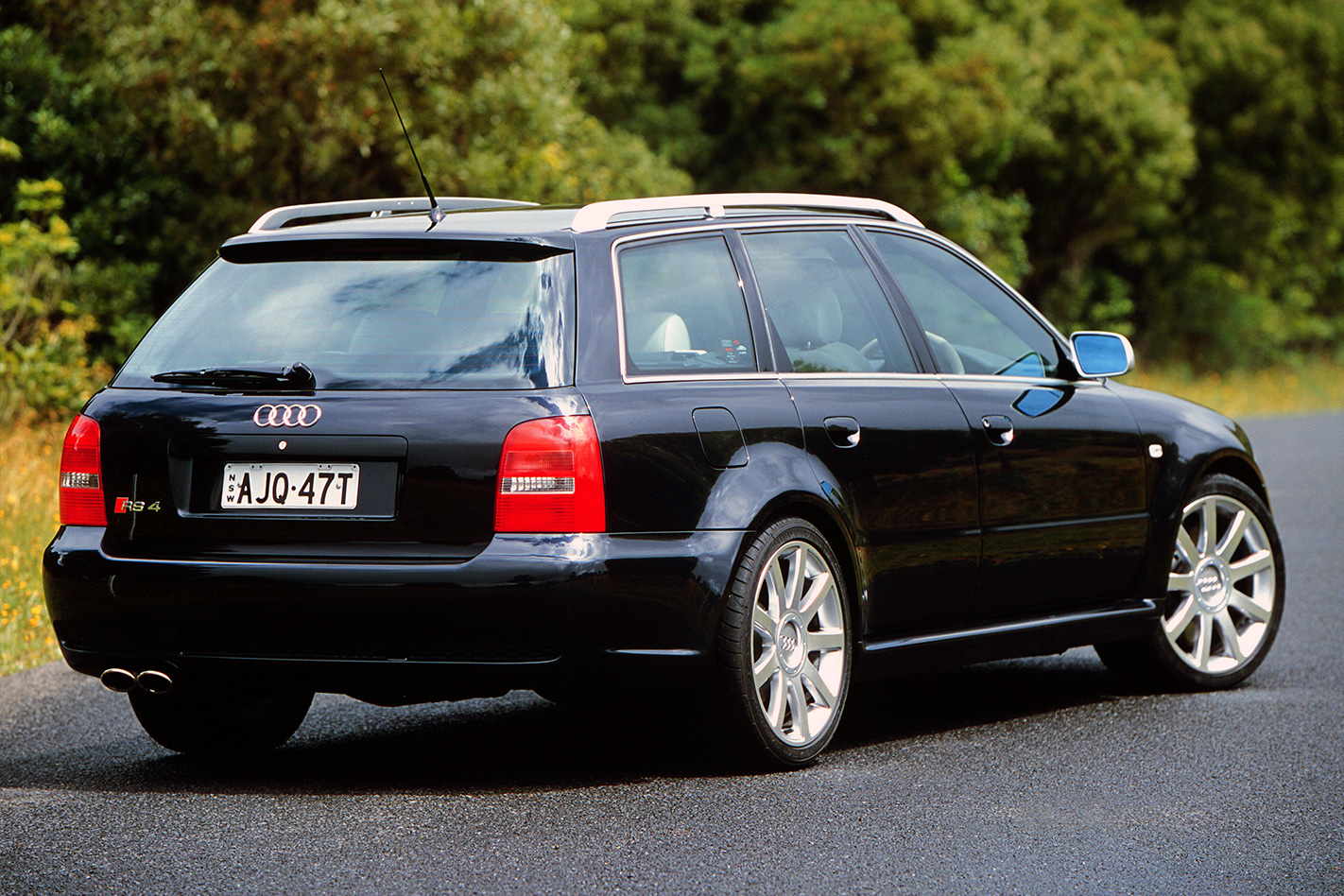
28. The big daddy (2002)
Audi had found its niche in fast wagons and intended to make the most of it. In 2002 it created its biggest and most powerful Avant yet, the 331kW/580Nm RS6. Powered by a twin-turbo 4.2-litre V8, Audi stated an official top speed limit of 250km/h, but owners reported seeing speeds in excess of 270km/h.
29. PCOTY win #1 (2006)
The B7 RS4 brought Audi its first Performance Car of the Year gong in ’06. “The RS4 is not just a competent car. Nor is it simply an intelligent or an efficient or a confidence-inspiring vehicle … it is much more than that. It’s a wolf in sheep’s clothing, it’s a Q-ship, it’s a proper muscle car,” crowed Morley. High praise.
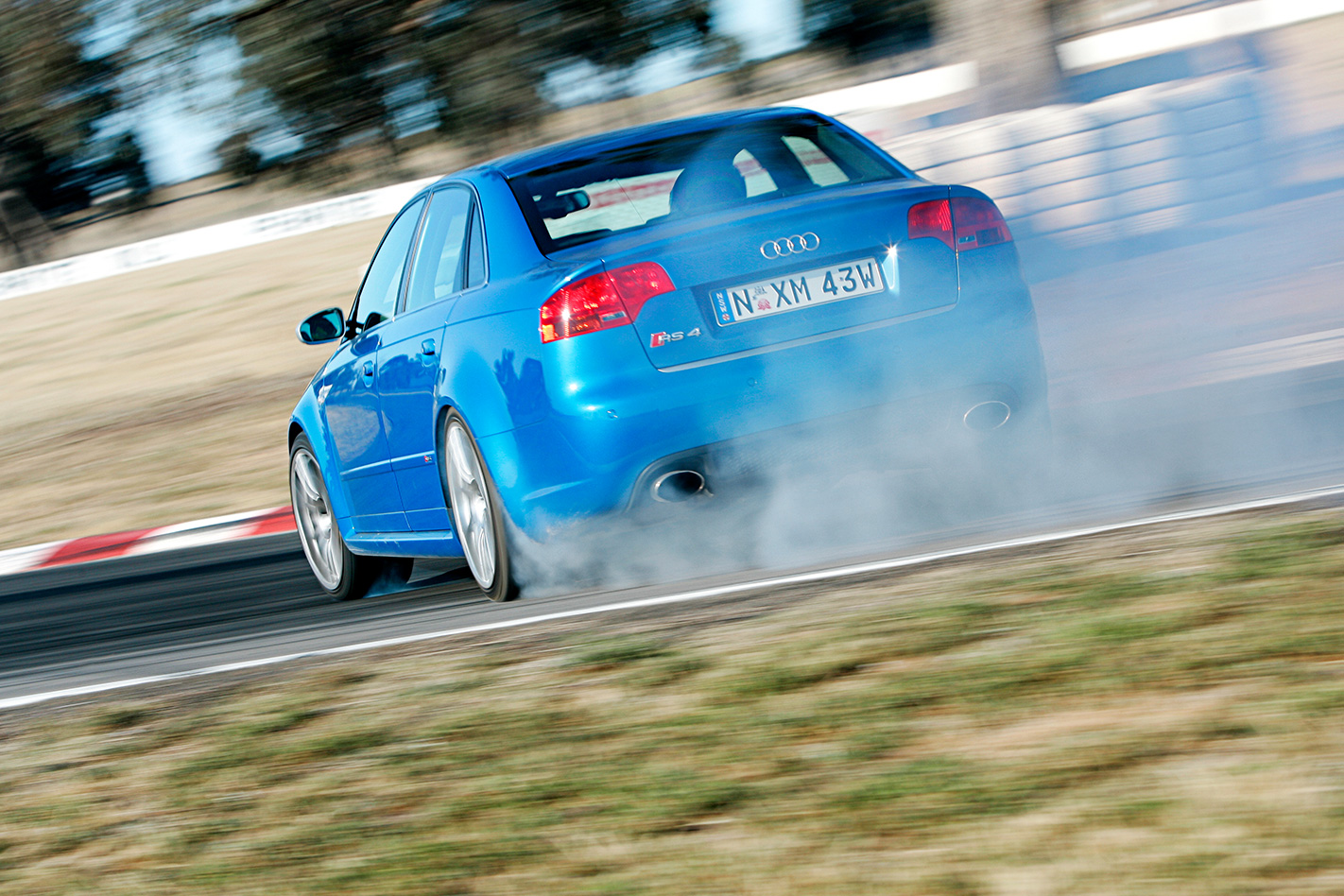
30. R-Rated
Audi fulfilled the quattro Spyder Concept prophesy, putting the R8 into production. Codenamed Type 42, the R8 set a new high-watermark for quattro, and brought Audi out of a performance car slump. For the first time Audi had a hammer big enough to land a blow on the VW Group’s golden child, the Porsche 911.
31. Send it back
With the B7 RS4 came another significant change to the quattro system. The Torsen centre diff first introduced almost two decades earlier is upgraded to a ‘T3’ system. Instead of a 50:50 torque split in normal conditions, the quattro system now splits power asymmetrically 40:60.
32. Uber wagon (2008)
For the second generation RS6 Audi decided to take the 5.0-litre V10 engine from the R8, add a pair of turbochargers, and wedged it under the bonnet of its big wagon. In 2010, it was Audi’s most powerful production car.
33. PCOTY win #2 (2009)
In ’09, for the first time in PCOTY history, we crowned two victors. The Audi R8 V10 shared a winner’s sash with the Nissan GT-R. Of the German, we said it’s “simply superb as a performance road car. It celebrates the romance of the automobile, from its glorious open-gated manual gearbox to its naked, mid-mounted V10.”
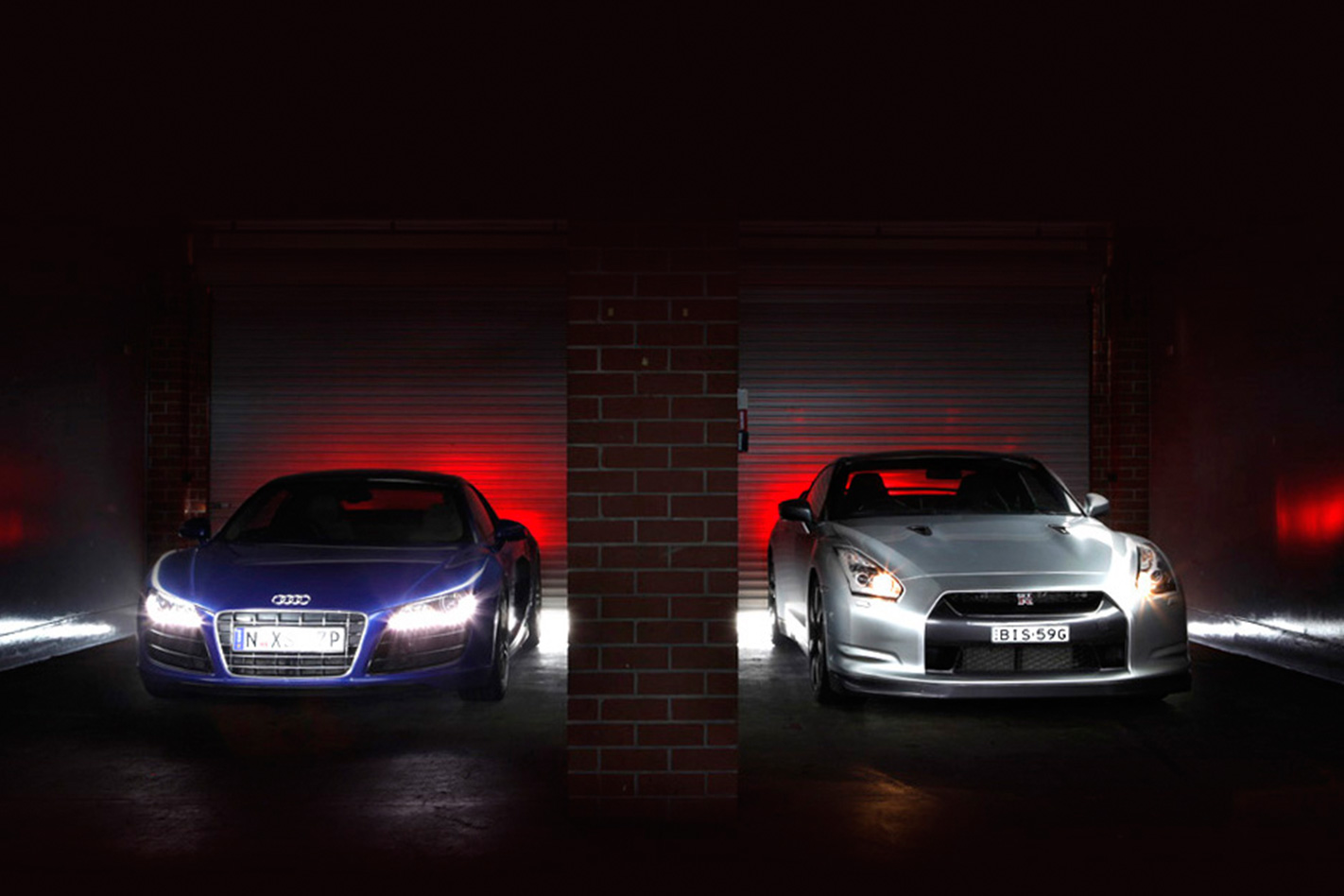
34. Crown jewel (2010)
Now in its sixth generation, Audi’s quattro system received a major update for the 2010 RS5. Gone was the Torsen diff, replaced with a new crown gear system that was able to lock regardless of torque split front or rear.
35. Legend reborn
Audi’s quattro concept celebrated 30 years since the original, with a 300kW 2.5-litre five-pot paired to a six-speed manual. A limited production run was considered but axed, with the money invested in Audi’s SUV range instead. Ouch.
36. quattro’s le Mans triumph (2013)
Despite Audi defining the 24 Hour of Le Mans’ modern era, it didn’t win with a quattro car until 2012 when new hybrid rules allowed the front wheels to be driven. The R18 e-tron quattro would go on to win three on the trot.
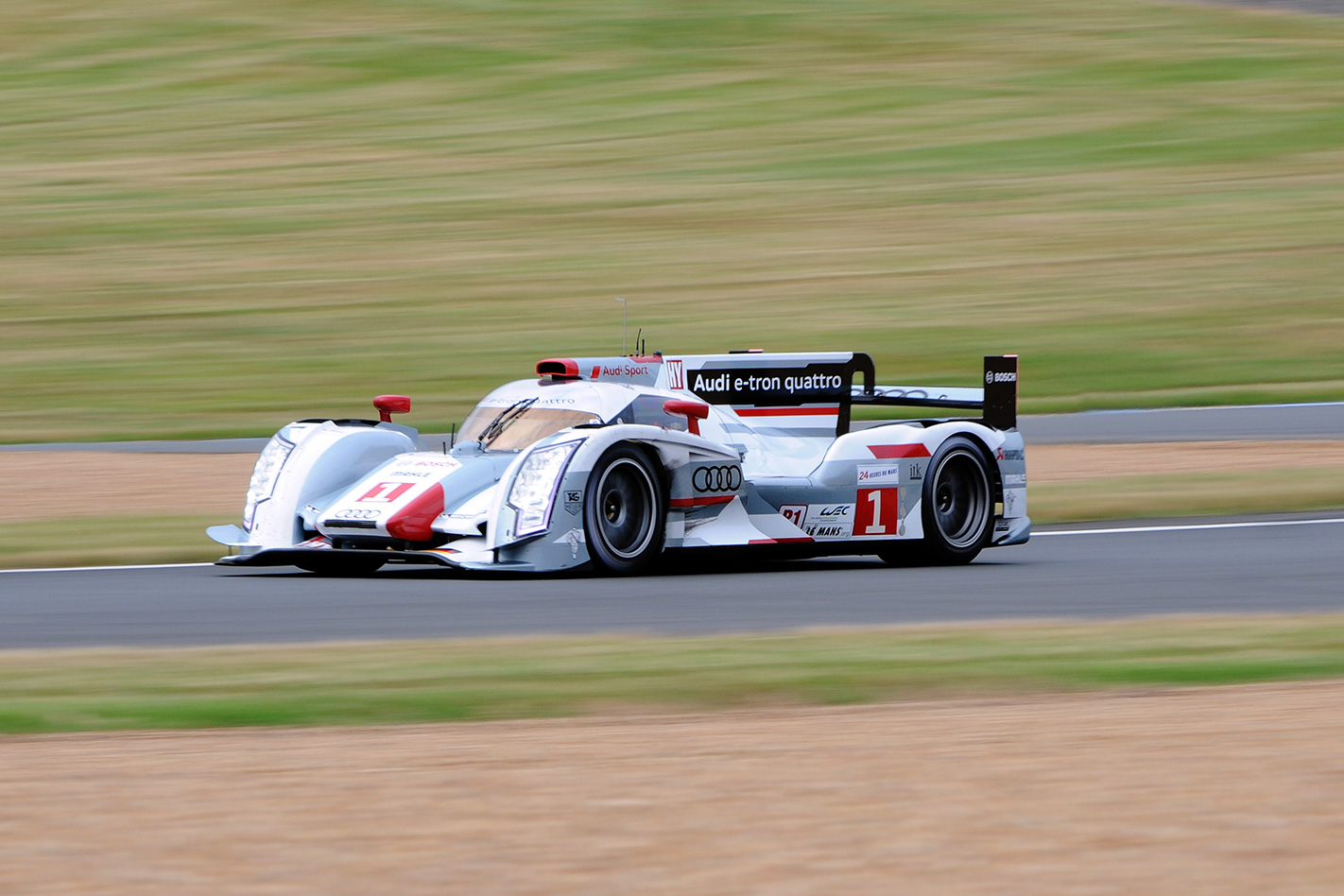
37. PCOTY win #3
A third PCOTY trophy was added to Audi’s trophy cabinet in 2013 with the R8 V10 Plus. Praised not only for brain-bending grunt and on-track ability, but its downright confounding liveability. Newman summed it up simply: “Ballistic performance, yet so accessible.”
38. Genre buster (2015)
The hot hatch genre was nothing new when Audi decided its A3 hatch needed a high-performance variant. The resulting RS3 was an AWD terror that used a turbo five-cylinder to deploy 257kW, creating the brand-new the hyper hatch genre. Audi has been in an all-out power war with AMG’s A45 ever since. Long may they fight.
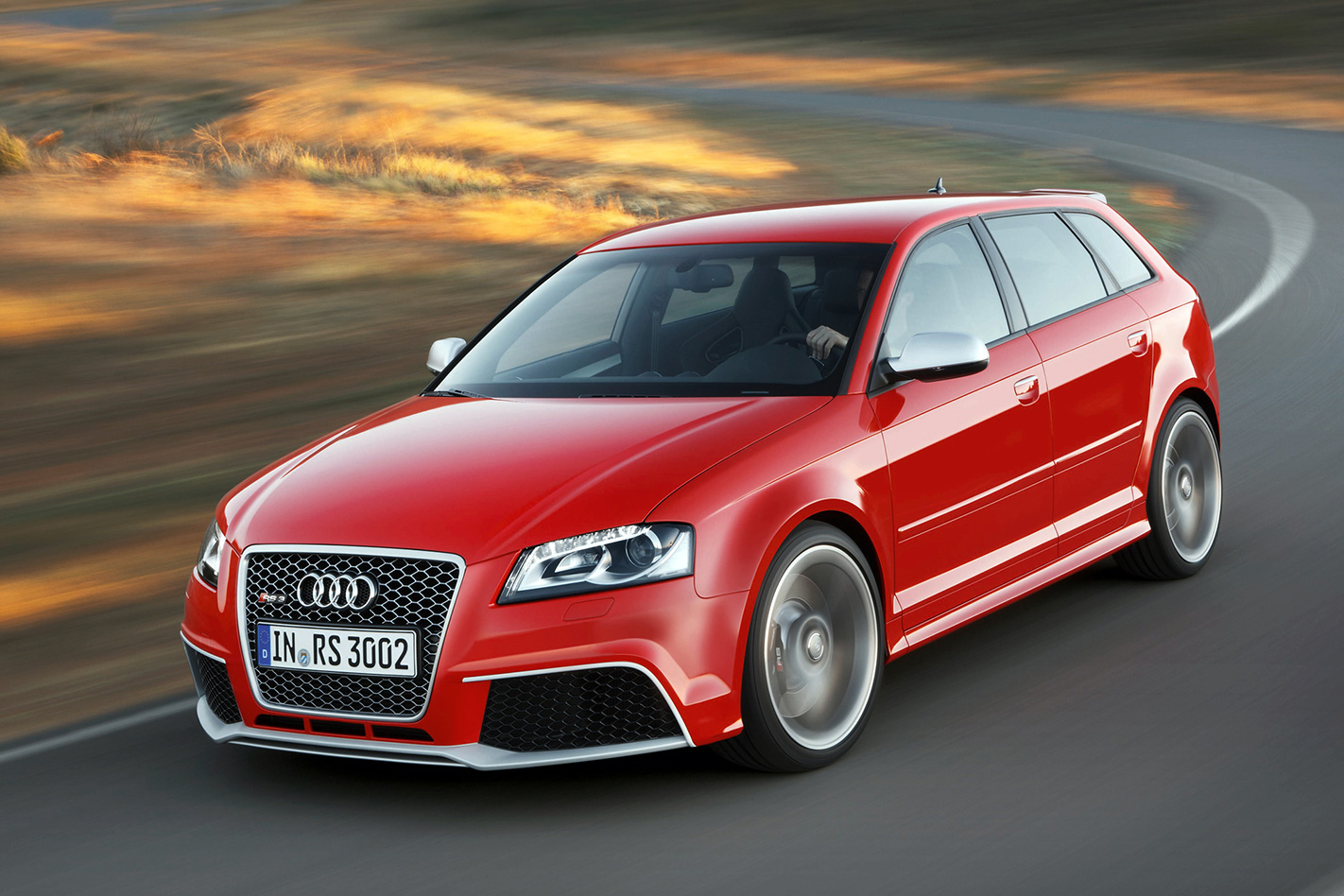
39. Hail to the king (for now) (2019)
Almost four decades after the ur-quattro was revealed, kilowatt counts of the most powerful Audi quattro model have more than tripled, and torque more than doubled. The current zenith is the 2019 R8 V10 Performance, which uses a naturally aspirated 5.2-litre V10 to send 456kW/580Nm to all four wheels.
40. An inevitable electric future (2020)
The fully electric Audi RS e-Tron GT prototype signals the future for both quattro and high-performance Audis, with a production version coming next year. A pair of motors deploy up to 475kW of grunt. The next era of quattro will be unlike anything that came in the four decades prior, but just as blisteringly fast.



